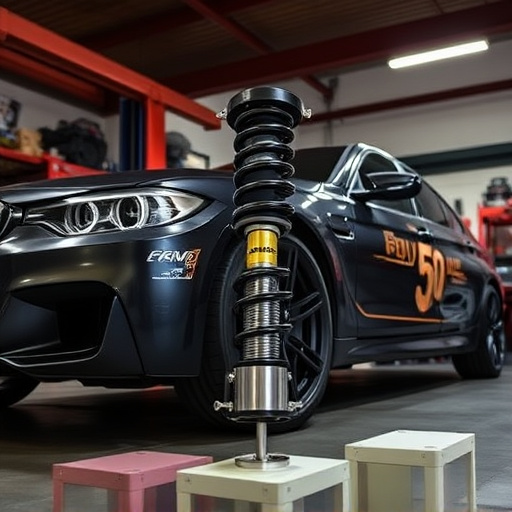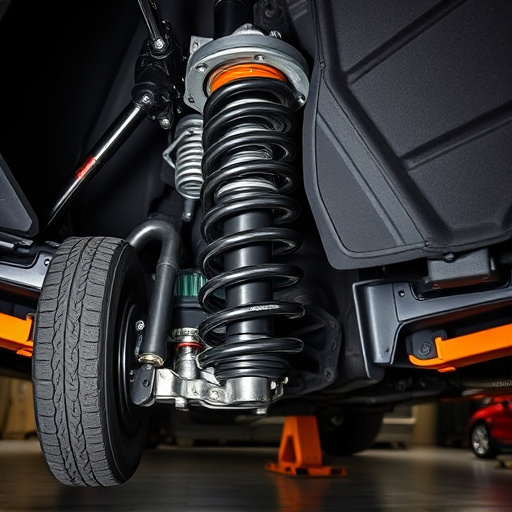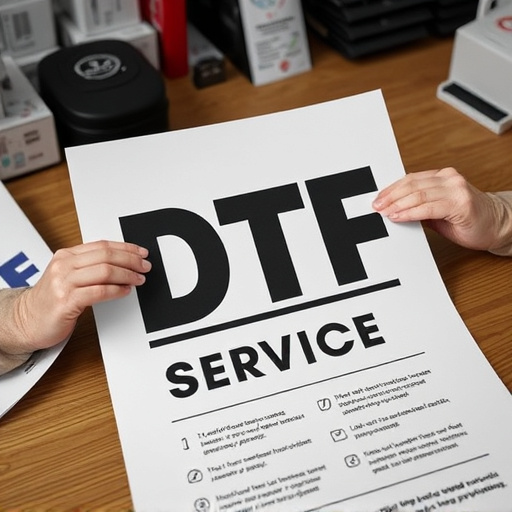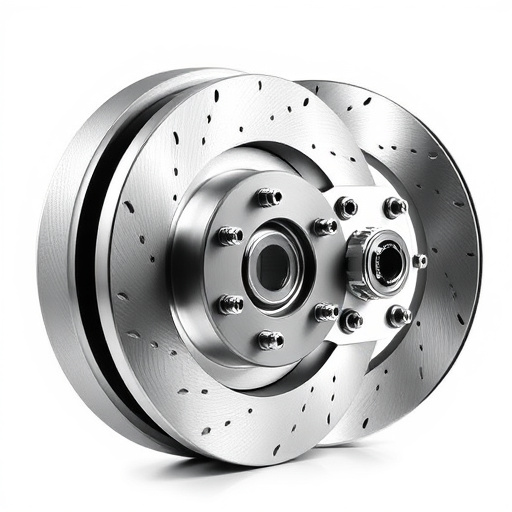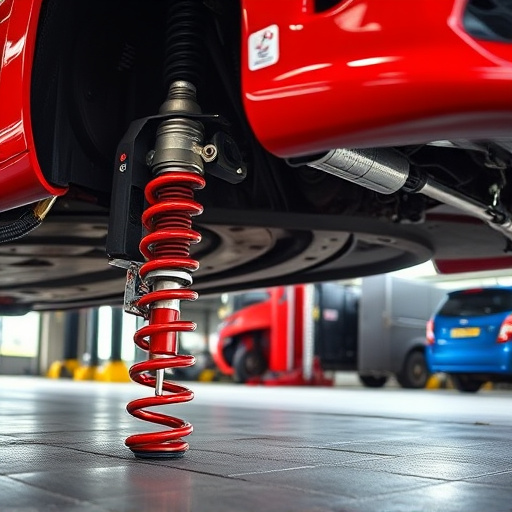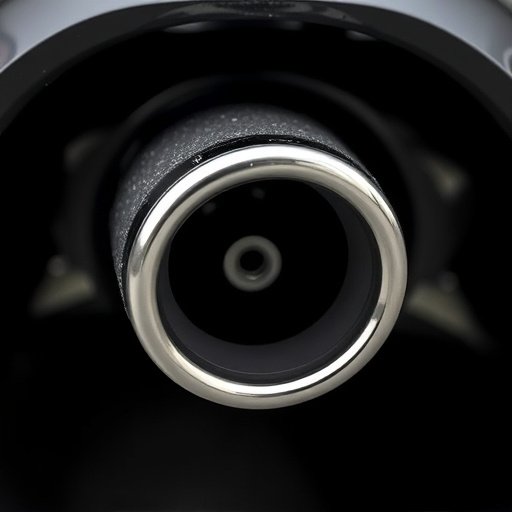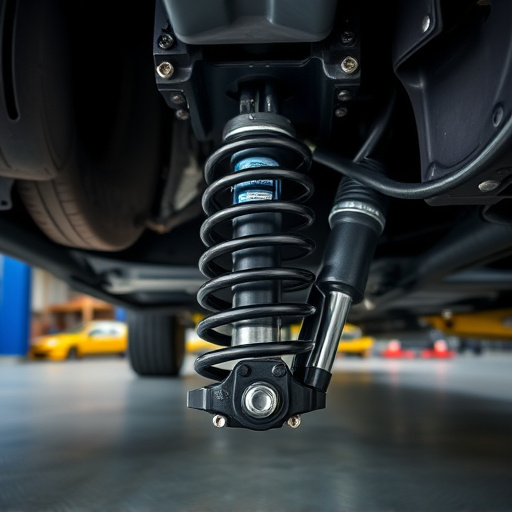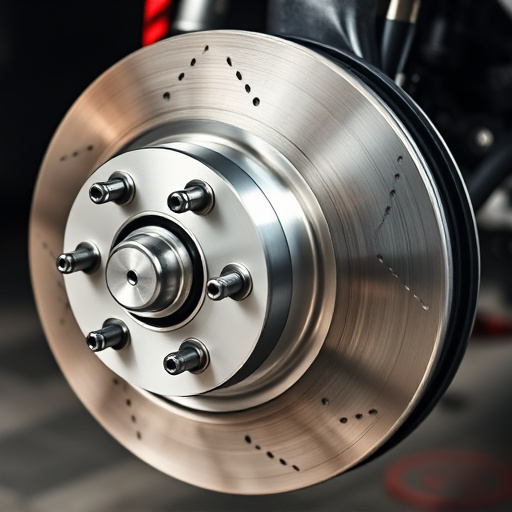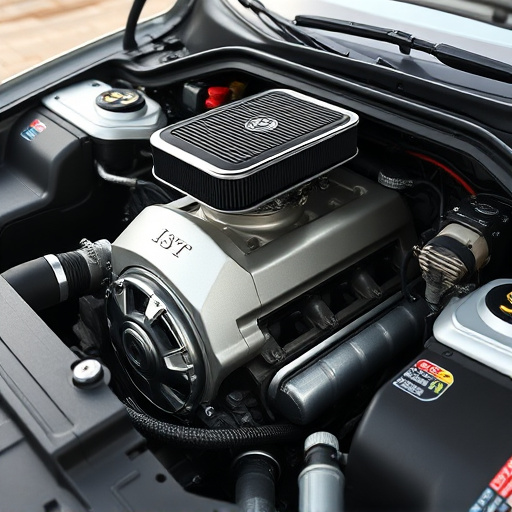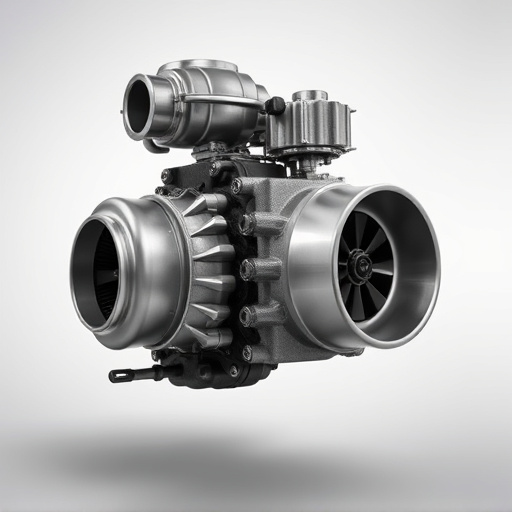Sway bar bushings are critical connectors between your car's suspension and chassis, vital for smooth cornering, stability, and protection against damage. Regular checks every 5,000 miles or at oil changes are recommended to detect wear, damage, or loose connections. Using high-performance parts, synthetic lubricants, and maintaining proper alignment & tire pressure ensures optimal sway bar bushing performance. Promptly replacing damaged bushings enhances safety, handling, and performance, especially with modifications like exhaust systems.
Sway bar bushings are crucial components of your vehicle’s suspension system, ensuring smooth handling and stability. This guide delves into the essential practices for maintaining these bushings, aiming for a long lifespan. We’ll start by explaining their role in the suspension dynamics, then provide practical tips for regular inspection and proactive maintenance. Additionally, we’ll highlight common issues and effective solutions, empowering you to keep your vehicle’s handling at its best through proper sway bar bushing care.
- Understanding Sway Bar Bushings and Their Role
- Regular Inspection and Maintenance Tips
- Common Issues and How to Address Them
Understanding Sway Bar Bushings and Their Role
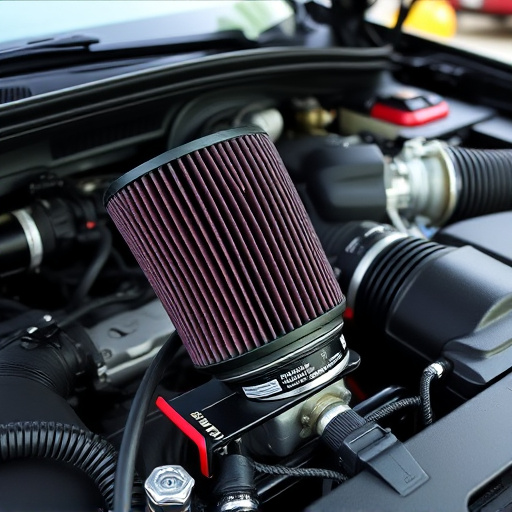
Sway bar bushings are critical components that connect your vehicle’s suspension to the chassis, facilitating smooth and controlled movements while cornering. They play a pivotal role in enhancing vehicle stability and ensuring optimal performance, especially during high-performance driving conditions or when equipped with a cat back exhaust system. These bushings absorb shock and vibrations, preventing excessive movement of the suspension components, which can lead to damage over time.
Understanding the function and importance of sway bar bushings is essential for maintaining vehicle performance. High-quality bushings are designed to withstand the rigors of daily driving and extreme conditions, ensuring a long lifespan. Regular checks and timely replacements can significantly improve handling dynamics and overall vehicle stability, contributing to safer driving experiences.
Regular Inspection and Maintenance Tips
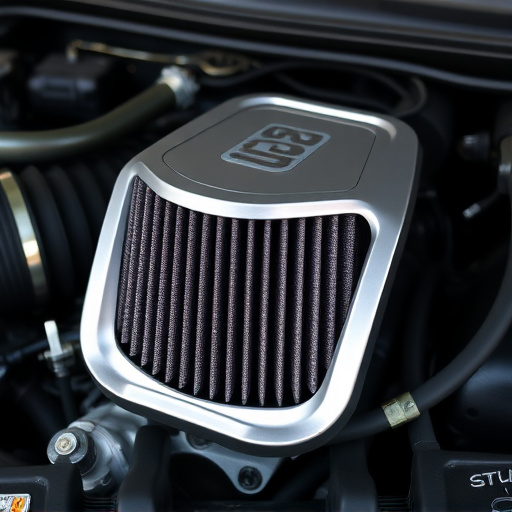
Regular inspection is key to maintaining sway bar bushings for long-term functionality and longevity. It’s recommended to visually inspect them at every oil change or at least every 5,000 miles (8,000 km) to check for any signs of wear, damage, or loose connections. Look out for cracks, excessive play, or an unusual noise when the vehicle is going over bumps—all indicators that may signal the need for replacement. Keeping a close eye on these components can help drivers avoid unexpected failures and costly repairs associated with worn-out sway bar bushings.
When it comes to maintenance, using high-performance parts designed for your specific vehicle model is essential. Consider upgrading to synthetic lubricants for better protection against wear and tear. Additionally, ensure regular cleaning of the sway bar assembly, especially after extreme driving conditions or off-road adventures. Remember, proper care involves more than just visual checks; it’s about addressing any issue promptly to preserve the integrity of your vehicle’s suspension system, enhancing safety and performance, particularly when paired with enhancements like cold air intakes and exhaust tips.
Common Issues and How to Address Them

Sway bar bushings play a vital role in your vehicle’s handling and stability, but they are prone to common issues that can reduce their lifespan. One of the most frequent problems is excessive wear, often caused by poorly aligned wheels or rough road conditions. This can lead to a loss of control and vehicle performance. To address this, regular wheel alignment checks and maintaining proper tire pressure are essential.
Another issue is friction and heat buildup, especially in vehicles with high-performance exhaust systems. The constant exposure to hot gases from the exhaust can degrade bushings over time. Upgrading to high-quality, heat-resistant bushings or using performance exhaust systems designed for better cooling can mitigate this problem. Additionally, keeping an eye on any visual signs of damage, such as cracking or deformation, is crucial. Prompt replacement of damaged sway bar bushings is essential for maintaining optimal vehicle handling and safety.
Maintaining your vehicle’s sway bar bushings is a crucial aspect of ensuring optimal handling, safety, and longevity. By regularly inspecting these components and addressing any issues promptly, you can significantly extend their lifespan and prevent costly repairs. Remember, healthy sway bar bushings are key to a smooth ride and efficient steering, so keep them in top condition through consistent care.
